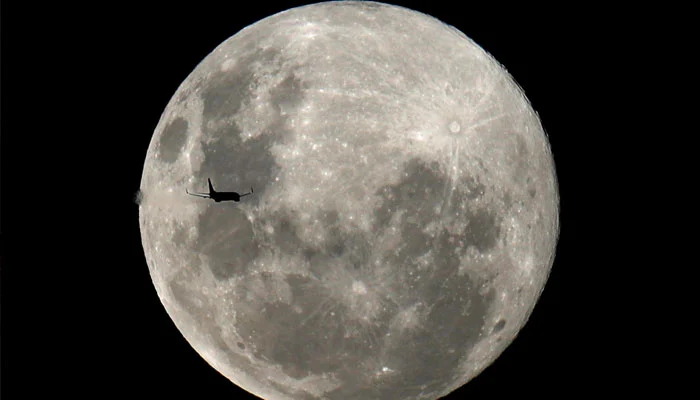Amidst a burgeoning lunar race among states and private corporations, the United States has taken a significant scientific step by deciding to create a single standard of time for the moon and other celestial bodies. This move is intended to established international norms in space.
According to a memo obtained by Reuters, the head of the White House Office of Science and Technology Policy (OSTP) gave the space agency instructions to collaborate with other branches of the US government in order to come up with a plan by the end of 2026 for establishing what it dubbed a Coordinated Lunar Time (LTC).
Time moves differently on the moon and other celestial bodies than it does on Earth due to differences in gravitational pull and maybe other variables.
The LTC would, among other things, offer a timekeeping standard for satellites and lunar probes whose missions demand extremely precise timing.
In an interview, NASA’s chief of space communications and navigation Kevin Coggins stated, “The same clock that we have on Earth would move at a different rate on the moon.”
According to OSTP chairman Arati Prabhakar’s memo, an Earth-based clock would appear to lose 58.7 microseconds on average per Earth-day to a person on the moon, along with other periodic fluctuations that would cause moon time to further deviate from Earth time.
“Consider the US Naval Observatory’s atomic clocks (in Washington). They keep everything in tune and are the nation’s heartbeat. Coggins remarked, “You’re going to want a heartbeat on the moon.”







